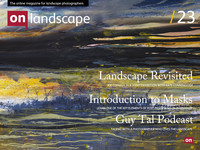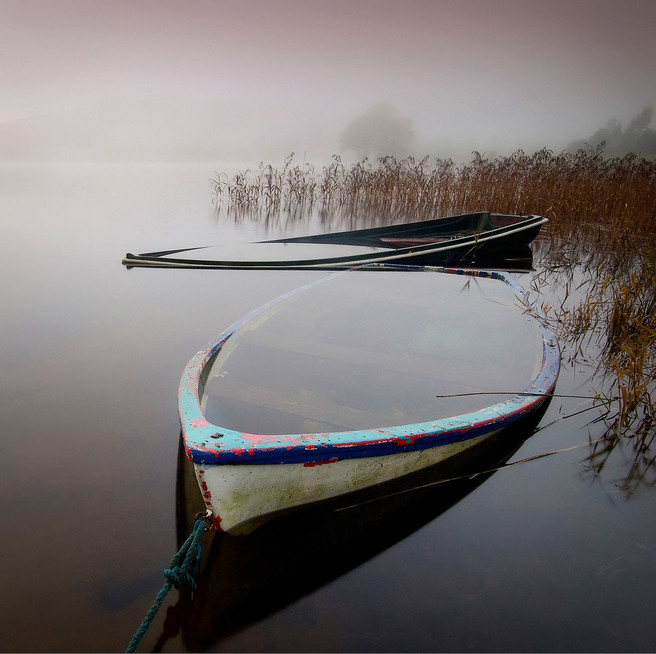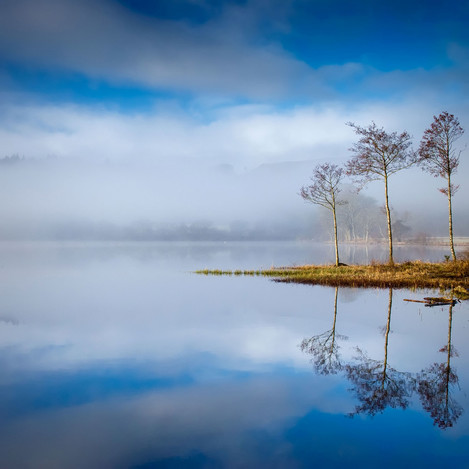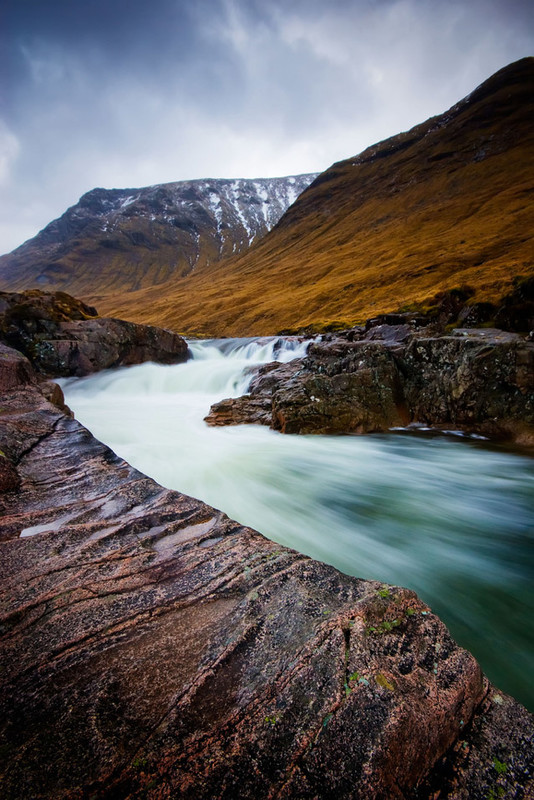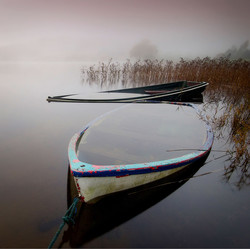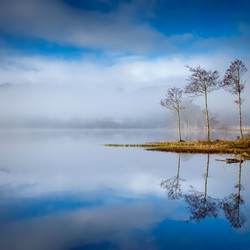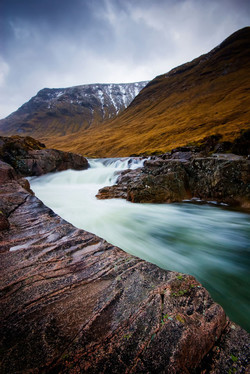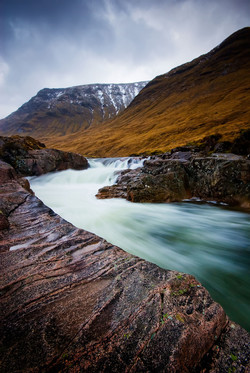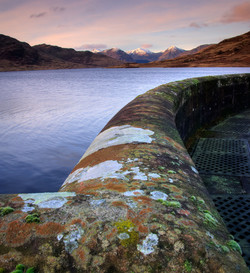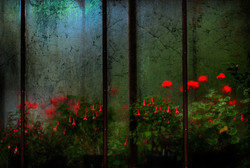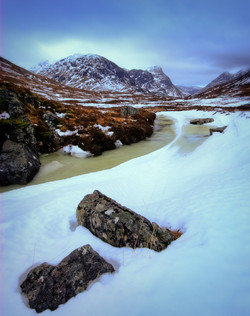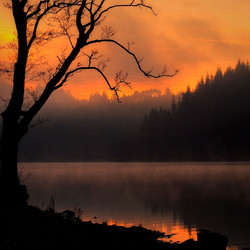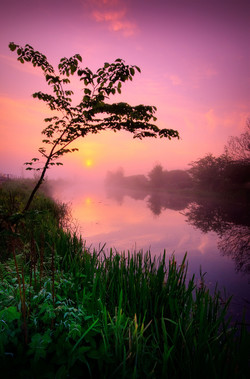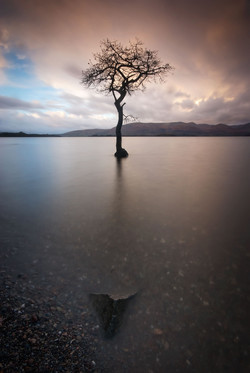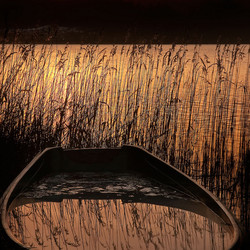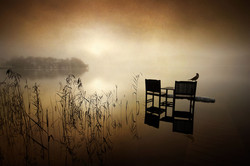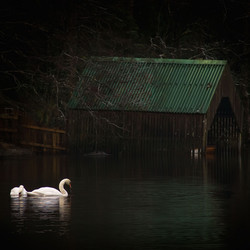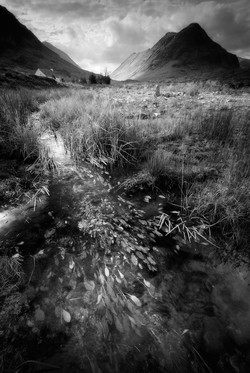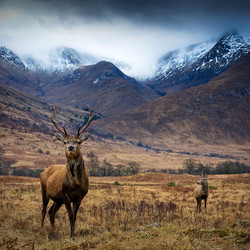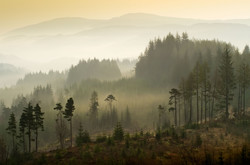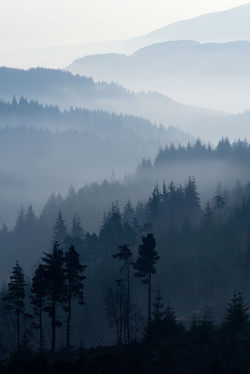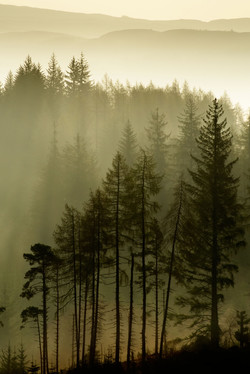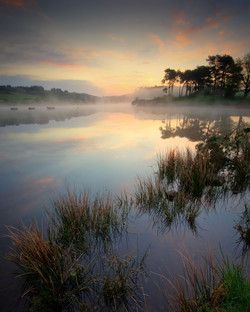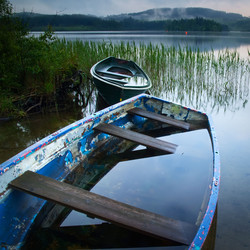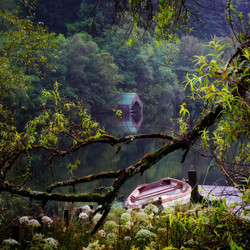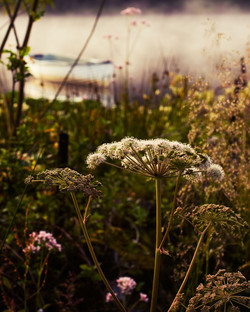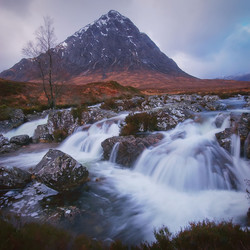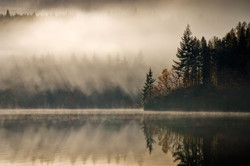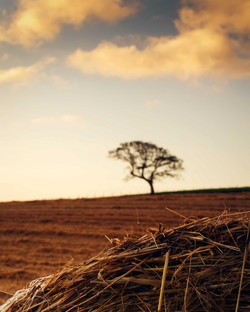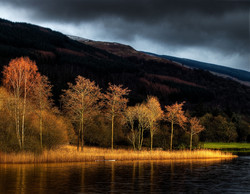Featured photographer

Tim Parkin
Tim Parkin is a British landscape photographer, writer, and editor best known as the co-founder of On Landscape magazine, where he explores the art and practice of photographing the natural world. His work is thoughtful and carefully crafted, often focusing on subtle details and quiet moments in the landscape rather than dramatic vistas. Alongside his photography and writing, he co-founded the Natural Landscape Photography Awards, serves as a judge for other international competitions. Through all these projects, Parkin has become a respected and influential voice in contemporary landscape photography.

David Mould
I had dabbled in photography in my teens but only developed a passion since getting my first Digital SLR in spring 2007, when, I was convinced that megapixels had caught up with film… and now spend most of my free time in wonderful parts of my country… waiting for the light! Some folk say a lot of photography is luck, well, I believe that you make your own luck… knowing where the sun rises and sets, knowing when the leaves change colour; luck is all the elements coming together at once… its knowledge that puts you in the right place to capture that image.
This issue features photographer David Mould who lives on the top edge of Glasgow with amazing access to Loch Lomond and Glencoe amongst others. David has had quite a profile recently with pictures selected by various websites for honourable mention. We asked him the usual and he supplied us with some great answers.
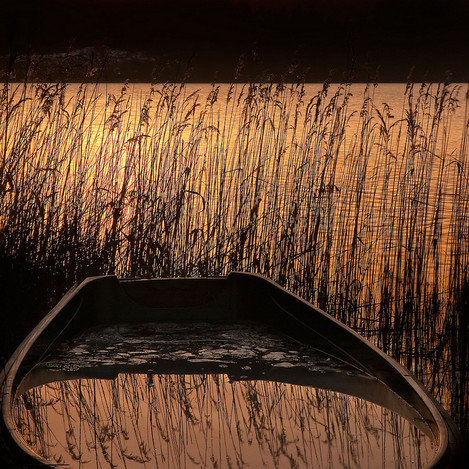 In most photographers lives there are 'epiphanic’ moments where things become clear, or new directions are formed. What were your two main moments and how did they change your photography?
In most photographers lives there are 'epiphanic’ moments where things become clear, or new directions are formed. What were your two main moments and how did they change your photography?
From a technical point of view, it was upon the discovery of hyperfocal distance... I had not long had my first DSLR and when I eventually got off auto mode I was unhappy with the results and despondent until I discovered a website that allowed me to calculate the hyperfocal distance for my Sigma 10-20 and it all became very clear, literally.
The other significant moment in my short photography journey was when I was approached at Loch Ard, (my second home), by a young couple who were on the loch for the first time and said that they had been enthusiastic to come after reading an online blog about Loch Ard written by this guy David Mould.... (I think I blushed)
This was a massive boost as the chance to promote Scotland's beauty has always been high on the list of photography objectives... even and although sometimes I feel a bit precious about some of my locations...
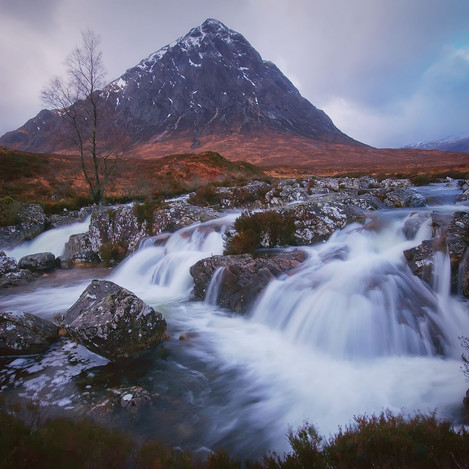 You started photography in your teenage years in Stornoway, how did you end up picking it back up again and did you have any other creative or outdoors outlets before then? And why landscape?
You started photography in your teenage years in Stornoway, how did you end up picking it back up again and did you have any other creative or outdoors outlets before then? And why landscape?
Prior to taking up photography again, I had returned to landscape watercolour painting... not dissimilar in process of looking for the light, the line and developing the textures and mood of a scenic view... this combined with walking and fishing fulfilled the artistic and outdoor need to be in the landscape in some form... I think landscape photography allowed me to tick many of the boxes that several of my activities encompassed...
The other aspect was the amount of control that I now had, due to digital, over my creativity with the advent of superb processing and not relying on another to ‘develop’ your style... although ironically, the more I learn about processing , the more I try to get it right in camera and less time on the computer... and equally, the more advanced the hardware , the more it allows you to get back to basics... (backwardly capable Pentax K5) a far cry from the Nikkormat and Yashica fumblings of my teenage years, but now with the added 20th century option to replicate the 70s experience.
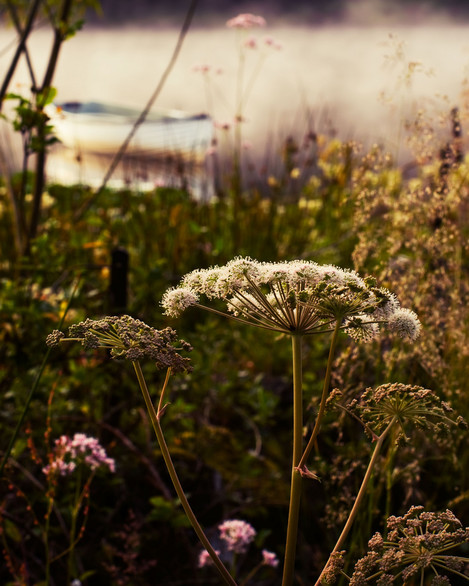 You use a Pentax K5 camera because of its weather sealing - do you do much photography in the rain and could you tell us a bit about how the landscape changes during wet weather?
You use a Pentax K5 camera because of its weather sealing - do you do much photography in the rain and could you tell us a bit about how the landscape changes during wet weather?
If, in Scotland, you did not like doing landscape photography in the rain, you are scuppered. If you discount, as most photographers do, the summer months, the rest of the year is predominately the rainy season. I never go out if it is sunny and you will rarely find a midday shot from me, although the recent articles on shooting at any time of day and my move to more challenging styles, has allowed me to explore a longer session...
I feel that I am an advocate for people who are either too lazy , or unaware of the beauty of Scotland in the ‘strange’ hours that landscape photographers inhabit... I think that the outdoors, and particularly Scotland, even in the rain, has a strange sense of calm between about 4 and 8 in the morning... the time of noisy Osprey families and the last grunts of the retreating stags... and when the clouds break or the mist forms... and that peculiar blue of moonlight gives way to the gloaming light and the prolific opportunities that are rarely seen or felt other than by the most dedicated fishermen, or the most insomniac photographers...
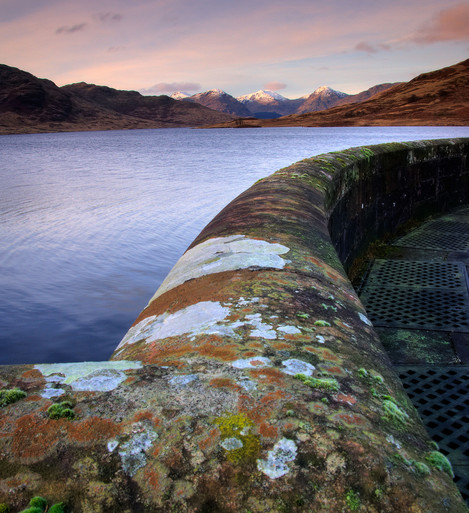 Could you tell us a little about the cameras and lenses you typically take on a trip and how they affect your photography
Could you tell us a little about the cameras and lenses you typically take on a trip and how they affect your photography
For the first couple of years, until they both drowned in a swollen burn on the campuses, I generally had a Sigma10-20 permanently connected to my Samsung GX10 which was permanently connected to my tripod...
With the settings at 12mm 0.46m 100iso in AV mode, this could account for about 80% of my first couple of years work.
I use a Sigma 17-70 for medium work and my trusty Tamron 70-300 to cover the longer needs
With the purchase recently of a new Pentax k5 and its backwards comparability for old Pentax lenses, I purchased a 50mm Pentax 1.4 in order to investigate the use of a prime very shallow depth of field in landscape work... This is a stunning little lens, a load of fun and a great learning experience with it being completely manual...
The choice of a Pentax K5 was down to this ability and the fact that it, in line with the Samsung before, had 77 seals and puts up with the typical four seasons in one Scottish day...
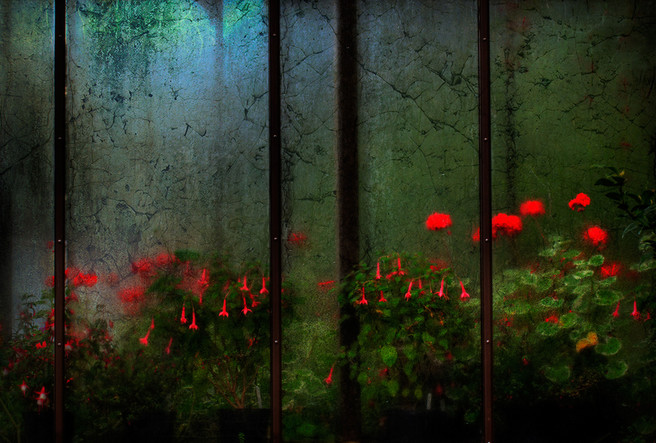 What sort of post processing do you undertake on your pictures? Give me an idea of your workflow..
What sort of post processing do you undertake on your pictures? Give me an idea of your workflow..
I import and embed my details directly in Aperture, which I use to catalogue my images... open and view my images in Adobe Camera Raw... and do most of my processing there...
A typical process would be a crop, (if needed) white balance, exposure balance, saturation... export to PS CS4... levels, curves, any cosmetic work... Imagenomics noise reduction/sharpening, export as DNG, make 72dpi jpg copy for web use and store original Raw and processed copy on separate external media... keep everything... I have found some of my best images returning with a fresh set of eyes.
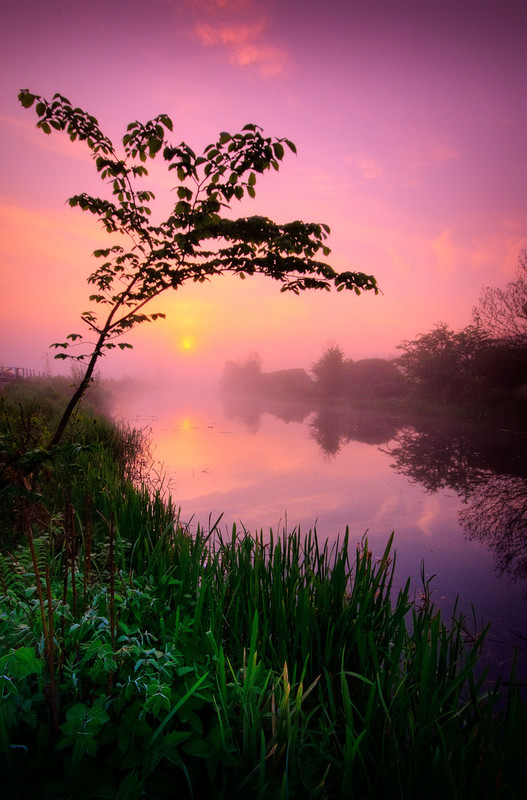 How do you approach the many photographic icons you live nearby when so many people have already been there before you? Is there a way of working that helps you be more creative in these locations.
How do you approach the many photographic icons you live nearby when so many people have already been there before you? Is there a way of working that helps you be more creative in these locations.
I have done all the ‘iconic’ shots in my part of Scotland... and because I love this area, I tend to go back and look for that different angle, to do this, I will park half a mile before or after the iconic view and walk that little bit further into the moor... or, probably more peculiar to me, get there at a time that no one else sees, and shoot it in differing light and conditions. I also like to get intimate with the scenery, making the geology the subject of the image rather than the view.
Strangely, I have been shooting a view from Rannoch Moor that I had not seen on any sites and I named it ‘The Cauldron’ due to its waterfall noise and appearance... and after doing several shoots at this location, I saw a shot by another photographer where she used the title ‘The Cauldron’ when describing the location... I was torn between being delighted and annoyed... more delighted I think.
The other trick if you find yourself in these locations, and I usually do with visitors... is to just turn round and take the opposite view, chances are, because of where you are that that view is equally spectacular.
Some of my best shots from the Buachalle Etive Mor site are of Sron na Creise!
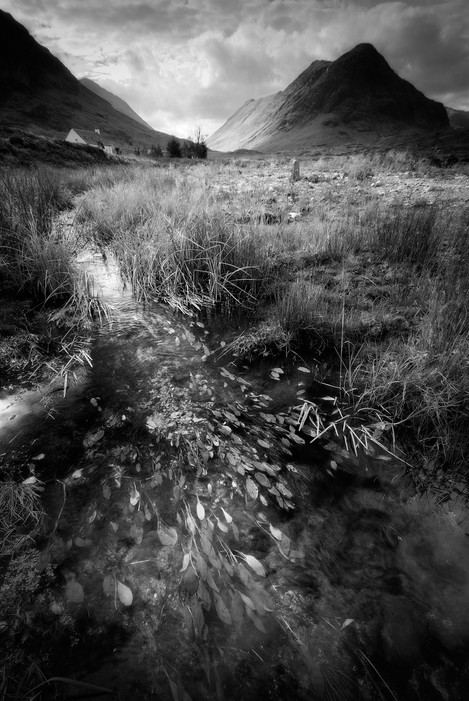 I notice that you are reprocessing a lot of your old HDR work. Can you tell us a little why you worked them with HDR to begin with, what stimulated the change and what your approach is now?
I notice that you are reprocessing a lot of your old HDR work. Can you tell us a little why you worked them with HDR to begin with, what stimulated the change and what your approach is now?
My initial need in landscape shooting was to replicate what I saw, and more importantly, what I felt when I was in the location taking the shot.
I felt that initially HDR gave me that option, and even and although I tried to be subtle, when I look back now at my early work, I still remember every shot and the emotion of the day, time, and a moment is equally clear to me... in a somewhat exaggerated and memorable way.
The beauty of HDR was the ability to replicate that with a little knowledge, and within a timeframe that allowed little time to be spent on processing. I also liked the effect that ND filters in combination with HDR produced in the sky... I think the romantic watercolour artist in me wanted the drama that I was previously used to creating in paint.
I think what stimulated the change was the fact that I was trying to be more and more subtle with HDR to the extent that I was using it less and less and refining my technique in ACR that became a workflow that suited the time and effort that I was prepared to put in processing.
I tend to blend more now, and bracket shots for that ... but I am not averse to the occasional HDR as and when it is needed or a bit of drama is required.
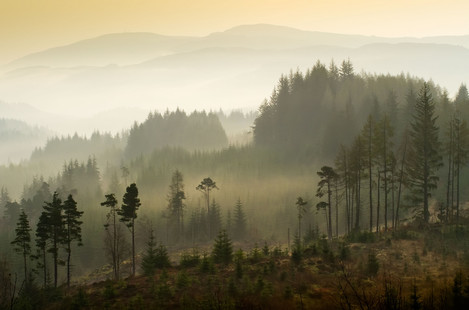 You are very successful in the amount of online networking and great feedback and followers you get on Flickr and elsewhere. What are the advantages and disadvantages of this success?
You are very successful in the amount of online networking and great feedback and followers you get on Flickr and elsewhere. What are the advantages and disadvantages of this success?
I think that the advantages outweigh the disadvantages... I have met and become friends with several people on the various online sites that I use...
I had the pleasure to meet and spend a couple of days with two guys I talked to online from Australia last year and spent an enjoyable couple of days shooting in the Trossachs and Argyll...
I have, in the year on Flickr amassed over 2400 contacts in the four years I have been on there and it is a great place to test your work... as there are genuinely good and worthy critique groups capable of support and encouraging young and upcoming photographers...
 I have recently joined 500px, noted for the quality of the work of its members and its modern and stimulating interface akin to a lot of the social media online... and the new kid on the block, Google+, now joined for about a month I have amassed over 100 contacts, with the emphasis on photography , this is a very interesting and vibrant community, packed with stunning and new talent... and only now realising the potential of the effect on the photographic community...
I have recently joined 500px, noted for the quality of the work of its members and its modern and stimulating interface akin to a lot of the social media online... and the new kid on the block, Google+, now joined for about a month I have amassed over 100 contacts, with the emphasis on photography , this is a very interesting and vibrant community, packed with stunning and new talent... and only now realising the potential of the effect on the photographic community...
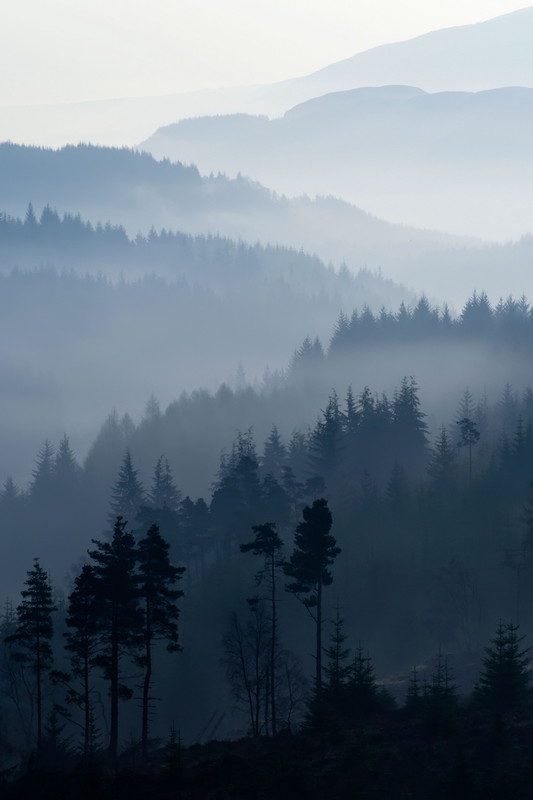 The only disadvantage that I find is the time that you have to dedicate to build up this presence online, but generally, even this is educational and positive... the other advantages would be the wealth of exciting photography, learning new techniques, joining several online webinar lectures by some of the best landscape photographers...
The only disadvantage that I find is the time that you have to dedicate to build up this presence online, but generally, even this is educational and positive... the other advantages would be the wealth of exciting photography, learning new techniques, joining several online webinar lectures by some of the best landscape photographers...
From a purely selfish point of view, it increases the hits to my own website, and also allows me to promote Scotland to a very wide audience.. but what I have enjoyed most is the amount of friends that I have made whilst doing it...
Tell me about the photographers that inspire you most. What books stimulated your interest in photography and who drove you forward, directly or indirectly, as you developed?
My initial inspiration was my good friend and journalist David Gordon, who, in my teenage years introduced me to the works of Paul Strand (Tir a'Mhurain) and Gus Wylie (images of the Hebrides) both of whom made a pilgrimage to the Outer Hebrides , where I lived and, not only captured the essence of the landscape but also of the people... Through my friend, I had access to decent camera equipment, and these were my first journeys into photography... we mostly shot black and white, due to the cheap availability through army surplus... and the expense of colour processing and film...
When I moved away from the islands in the early 80s I had no further access to cameras processing so gave up until pixels caught up with film and purchased my first DSLR in 2007... since then I have learned most of what I needed online and through trial and error, mostly error, but the beauty of digital is its forgiving amount of memory...
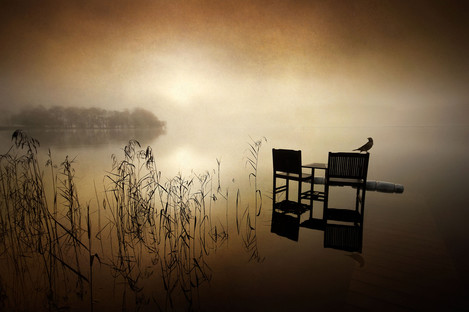 If you were told you couldn’t do anything art/photography related for a week, what would you end up doing (i.e. Do you have a hobby other than photography..)
If you were told you couldn’t do anything art/photography related for a week, what would you end up doing (i.e. Do you have a hobby other than photography..)
I think I would go back to fishing and watercolour painting... the next best thing to being by a loch in Scotland making an image would be being beside a loch in Scotland, doing anything else...
You mentioned TTL on the phone (triangle, texture, light), tell us a little bit more about this.
I had often wondered if I thought much about the process that I went through for each landscape image, until I recently had feedback from a talk I had delivered to a camera club, where the secretary, in summing up referred to the production of the images that I had detailed as my ‘TTL’ style...
This was, in his words, my passionate and detailed description of each image with regard to the Triangle... or the apparent triangular aspect of most of my images with leading and convergent lines from the corners... the Textural aspects of the image , whether it be water, rock of trees... and the specific and vital Lighting aspects of the subjects within the image..hence...T.T.L... he remarked upon the passion with which I insisted that the best landscapes, with few exceptions, contain this TTL combination... and with the benefit of his observation and recounting the presentation, I realised that it was an instinctive mantra that I invariably follow before every shot... I just hadn't recognised it...
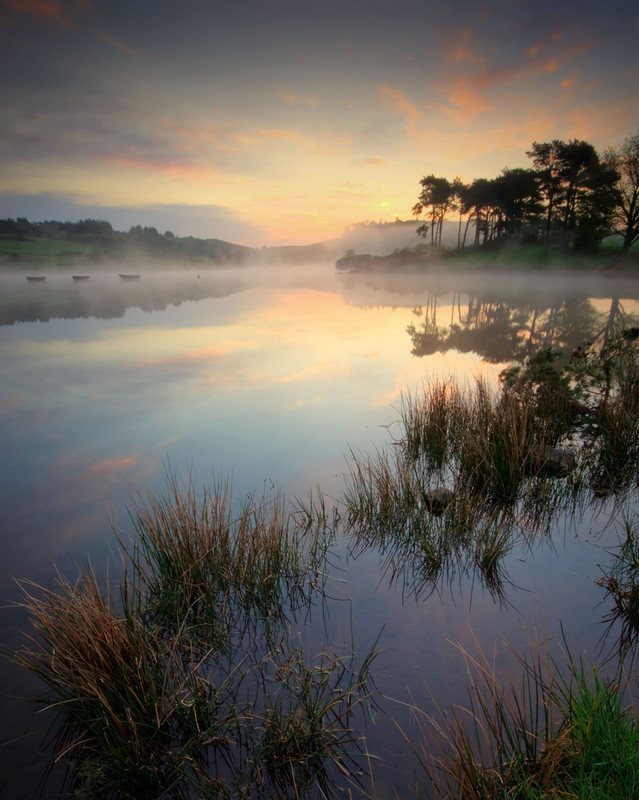 What sorts of things do you think might challenge you in the future or do you have any photographs or styles that you want to investigate? Where do you see your photography going in terms of subject and style?
What sorts of things do you think might challenge you in the future or do you have any photographs or styles that you want to investigate? Where do you see your photography going in terms of subject and style?
I have always been interested in doing more intimate landscapes, looking at the combination of smaller subject areas combined with a range of depth of fields... the recent purchase of my Pentax K5, its backward capability for old lenses and the fortuitous purchase of a second hand Pentax 50mm 1.4, has allowed me to do that.
Not only has it opened up a whole new style and endless possibilities with regard to intimate landscapes, but it has forced me to look at the technical and compositional aspects of moving back to a manual, ‘set up everything’ camera (albeit that the Pentax K5 is like a small PC)... the fact that it cost only £60 makes the sharpness of the images and the fun I am having with it all the better...
I now find myself about 50/50 between my Sigma 10-20 and my new 50mm... and on occasion leaving the 50mm on for the day in order to embed the learning and my new ‘view’ of composition through necessity.
Tell me what your favourite two or three photographs are and a little bit about them.
It is difficult to pick out favourite images as each one has a weighting beyond the final photograph, I was once asked about an image, and realised I remembered every image in my portfolio, what kind of day it was, why I had chosen these images and the thought process behind them... amazing, because I usually cannot remember what I had for dinner yesterday... that is the power of the image... similar, I feel to hearing music from your past.
Sometimes in Scotland, It rains...
I have shot these boats on several occasions, seasons, weathers, positions, but the combination of the position, mist, calm and amount of rain made this composition unique... the longer exposure captured the serenity of the moment and the muted tones and mood of the dire weather
Sometimes... Scotland is just beautiful...
Taken less than 50m from the previous image, the contrast is stark... with a warm morning with the promise of sun as the mist rises on Loch Ard... taken from one of the few positions that remain unknown on the Loch, this, I feel, highlights the attraction of the triangular aspect of an image, that, along with the colour and the symmetry , I feel, retains enough appeal to make this image a favourite, at the moment.
Etive Flow...
I have always loved sitting by the River Etive, mostly when it is calm, but on occasion, when it is in full spate... it gives you a sense of fear and excitement when you set up your tripod as close as you dare to the edge without feeling vulnerable... This image I feel encompasses my Texture , Triangle and Light philosophy, it has a leading line, a triangular aspect to the image and several textures to interest the eye within the clouds, rocks and the water... all these together, along with the light on the rocks and the hillside are the perfect composition combination... giving it appeal, despite its simplicity...
Who do you think we should feature as our next photographer?
As you have mentioned I am getting an increased following on the various websites and social networks and it is to them that I turn for a couple of fresh faces...
A very talented all round photographer, but I was struck by the landscape work that he has done... worth a visit to google+ just for this.
Another site I have been using is 500PX, and I would encourage even a look at some of the top landscape work on this stunning and very modern site.
In particular, I would recommend Gary McParland, and his work in Northern Ireland and Scotland hopefully meaning his inclusion in this site recommendation. His stunning use of composition and light is second to none.

